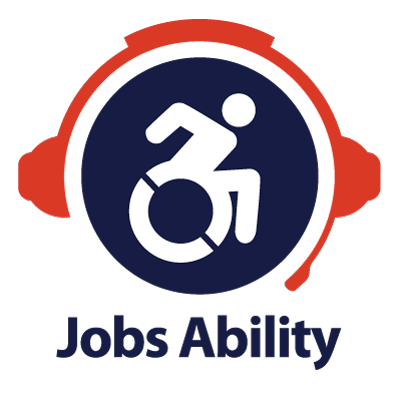Voices Heard in Support of Mental Hygiene Workforce: Great Work by Grassroots Advocates Across New York!
March 29, 2017Internships Available with Member Companies in 2017 and 2018 | Sign Up Today
March 31, 2017ILR is pleased to announce that the following opportunity is available: Administrative Assistant IV
Description
The ILR School is seeking an Administrative Assistant IV for the K. Lisa Yang and Hock E. Tan Employment and Disability Institute (YTI) in the Extension Division of the ILR School.
This position will provide administrative and program support to the Project Director(s), related PIs and project personnel for externally-funded research projects in the K. Lisa Yang and Hock E. Tan Institute on Employment and Disability (YTI), which is a research, extended education and technical assistance program of a national and regional scope that provides research, information and training on disability and the workplace.
Areas of responsibility include: providing program coordination support to project personnel for disability related projects including organizing meetings, maintaining timelines, and maintaining and distributing project-related materials; information dissemination management including proof and copy editing written materials, managing publications, conducting literature reviews and assisting in grant proposal preparation; and general administrative and fiscal support.
The position demands the ability to manage multiple tasks and to prioritize work on projects working simultaneously, and the ability to work successfully under pressure with minimal supervision at a variety of tasks within a fast-paced, team-oriented, diverse office setting.
Required Qualifications
- Bachelor’s Degree and a minimum of four years of experience in an office setting or equivalent combination of education and experience.
- Proven ability to successfully manage and prioritize multiple tasks while working simultaneously under pressure within a fast-paced, office environment.
- Must possess the ability to work independently.
- Demonstrated ability to exercise discretion and independent judgment.
- Ability to interact tactfully with diverse groups of individuals.
- Ability to take initiative and be a pro-active team member.
- Must have outstanding organizational skills.
- Excellent written and verbal communication skills including proofreading and editing skills and experience taking meeting minutes.
- Expertise in Microsoft products including Word, PowerPoint, Excel and Outlook calendar.
- Prior experience with event planning.
- General database operating knowledge.
Preferred Qualifications
- Minimum six years of experience in an office setting (preferably research based).
- Prior experience working with Adobe InDesign, HTML or other web development tools desirable.
- Experience in proofing and editing technical and scientific papers in the social sciences.
- Experience with project planning/management software.
- Experience with grant submission process.
- Experience with webinar event support and platforms.
- Knowledge of Cornell University travel and reimbursement and payment request policy and systems.
- Knowledge of various disability-related programs.
- Demonstrated history and continued commitment to Cornell University’s ideals and “Staff Skills for Success”
No relocation assistance or visa sponsorship provided for this position.
Application Procedure
Interested parties need to submit a resume and cover letter describing qualifications on-line at http://www.ohr.cornell.edu/jobs, referencing WDR-00010315.
When applying through our system, please remember to attach your application materials (Resume and Cover Letter) in either Microsoft Word or PDF format. In the Experience section of your application, use the ‘Drop Files Here’ box to manually drag document(s) into your application. For a more detailed description and instructions on how to apply online please click here as an external candidate or click here if you are an internal candidate.
This is a full-time, non-academic staff, benefits eligible opportunity, that is located on the Ithaca campus.
Additional questions about this role may be directed to Susan O’Neil, sao35@cornell.edu.
